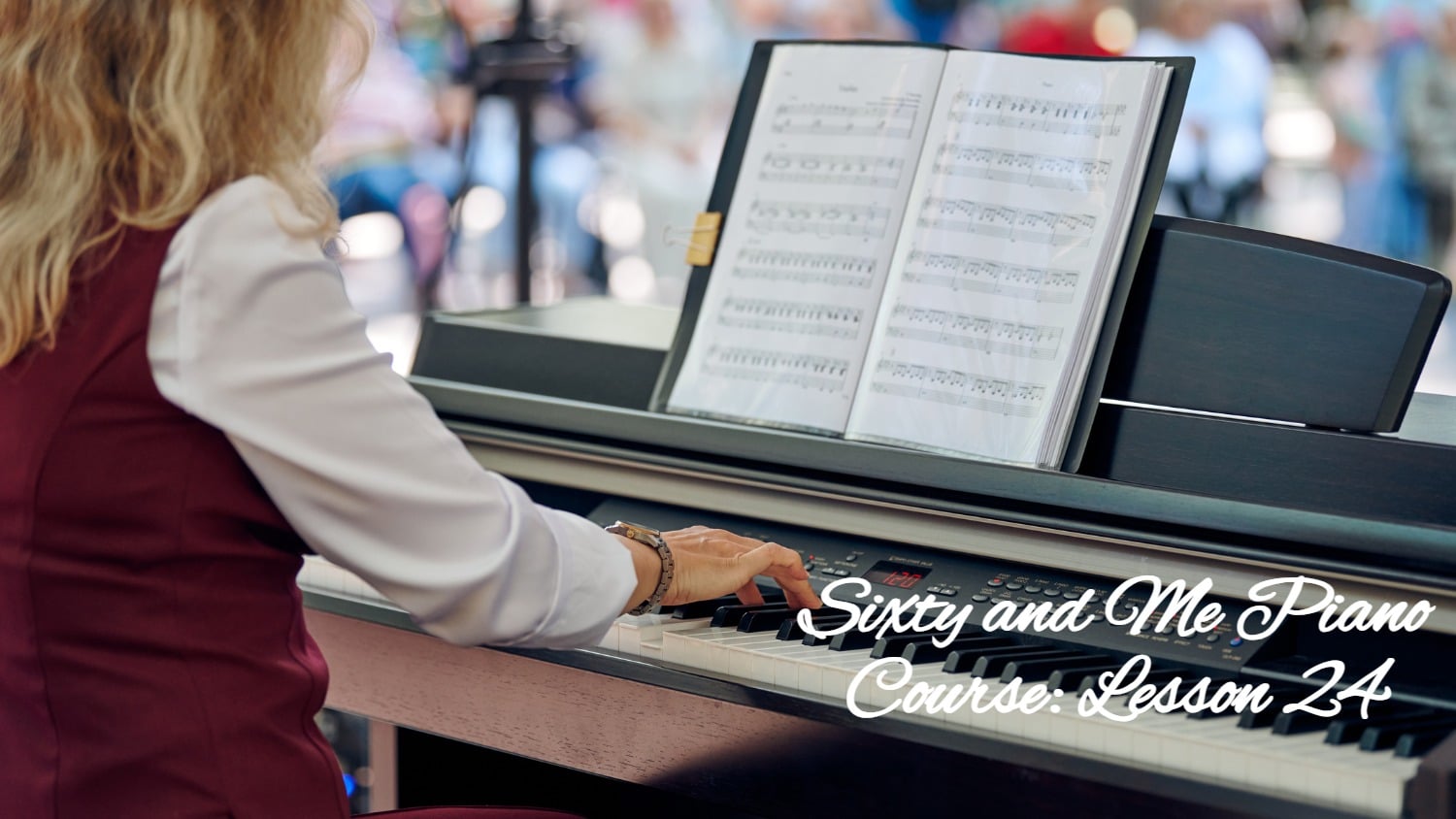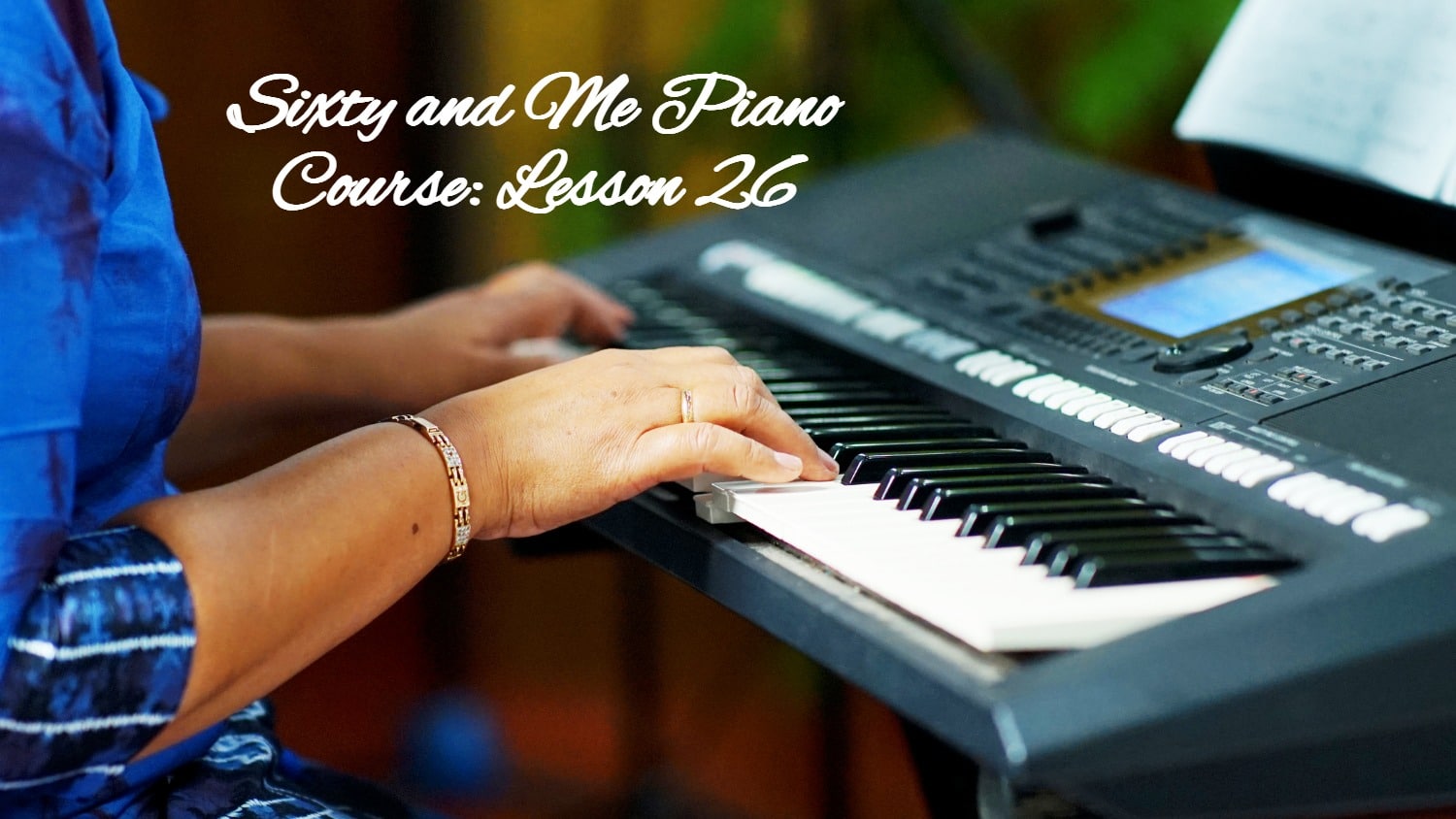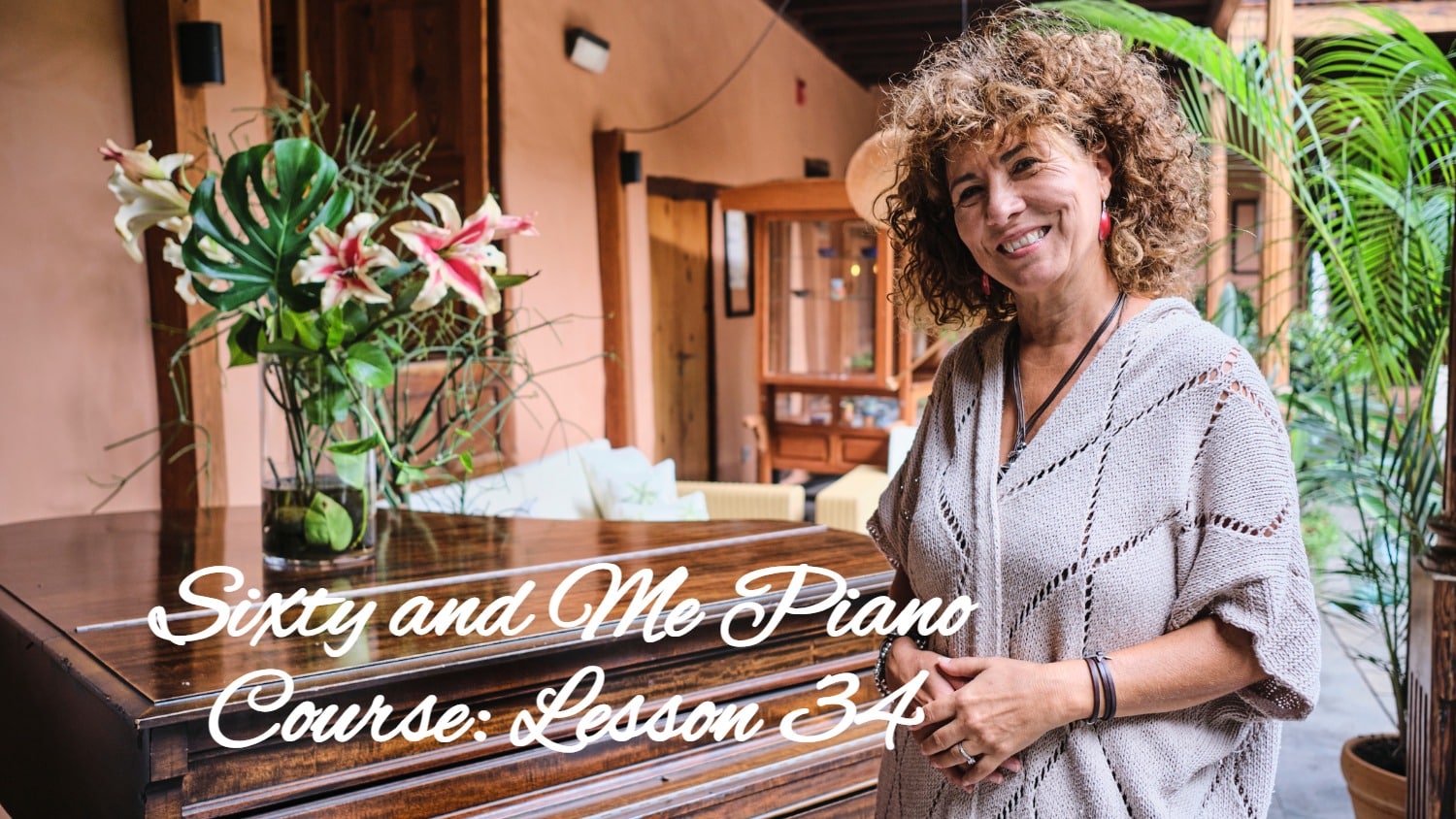
Piano Lesson 24: When Is the Best Time of Day for Us to Learn New Things?
Welcome to Lesson 24! If you’re on my timeline, I hope you are enjoying a return to the cozy pleasures of the season: steaming cups of hot chocolate, extra blankets and sweaters, hearth fires, and beautiful music.
For the next two weeks, we will be learning My Bonnie Lies Over the Ocean on p.72 in our Upper Hands Piano, BOOK 1, and continuing to learn holiday songs, or reviewing p.58.
[NOTE: If you are just joining us for the first time, you can find my previous Sixty and Me Free Piano Lessons on my Author page. You can join our lessons any time and move at your own pace!]
24.1 Ways to Practice Effectively
I’m often asked for tips on how to practice most effectively. Cognitive Science has much to offer people of all ages about the best ways to practice for optimal memory retention. But where older adults differ from children is in the time of day.
It turns out that as we age, our circadian rhythms change, and for most of us older adults, we are better able to remember things when we learn them in the morning rather than in the afternoon or evening. You can learn more on my blog post here, and watch my video about the two best times of day for older adults to practice:
Side Note: As I say in my video, just before bed is another great time to practice, because sleep helps to consolidate skills into long-term memory. However, if, like me, when you play just before bed, you can’t get your songs out of your head, don’t do it! Good quality sleep is so important, and if playing before bed disrupts your sleep, it’s better to just practice in the morning.
24.2 My Bonnie Lies Over the Ocean, p.72
At the top left of the song where the Tempo Marking is found, you can see a red “’quarter note’ = 70” metronome marking. This means that once you know the notes well, you can try playing to a metronome beat set to 3/4 time at 70 beats per minute.
Notice there are 1st and 2nd endings in the last line of the song. Remember to take the 1st ending in the bottom line then repeat to the beginning of the 5th line. When you get to the bottom line the second time, skip the 1st ending and jump to the 2nd ending.
Passion Practice
- Exercise #4 – Play in A-flat and E-flat with each hand. Try playing it using a metronome set to 3/4 time, at whatever tempo you can play it without pausing.
- My Bonnie Lies Over the Ocean p.72 – Watch my demonstration video 24.2 above then practice the song slowly. Second week, try playing it to a metronome set to 3/4 time at 70 BPM.
- Chord Calisthenics #4, Appendix viii – Play the minor triads from C minor to E-flat minor as whole notes, with each hand. After you learn A-flat minor and E-flat minor, use a metronome and hold each chord for 4 beats at around 70 bpm. Record yourself to make sure you are staying on the beat!
- Review Holiday Songs or p.58 – If you haven’t already, you can print your holiday sheet music HERE (scroll down to bottom right of the page).
- Play Sevivon; (Demo here: https://youtu.be/RjyfUsTqz5s) and/or
- Play Angels we have Heard on High; (demo here: https://youtu.be/mBXOimOz4O0)
- Alternatively, you can review Mozart’s Sonata on p.58; (demo here: https://www.youtube.com/watch?v=aQdWXF_oeOA)
Let’s Have a Conversation:
Are you an early bird or a night owl? Do you feel most alert and cognitively strong in the morning as the research suggests? Or are you better able to concentrate later in the day? When do you like to exercise and when do you practice your piano? Leave us a comment below and let us know how your lessons are going. We love to hear from you!
Tags Piano Lessons






